
hotline:
17715390137
Tel/Wechat:
18101240246 (Technology)
0512-68565571
Email:mxenes@163.com (Sales Engineer)bkxc.bonnie@gmail.com
Scan the code to follow or search the official account on WeChat:
2D Materials Fronrier After paying attention,
click on the lower right corner to contact us,
Enter enterprise WeChat.
Professional Services Online

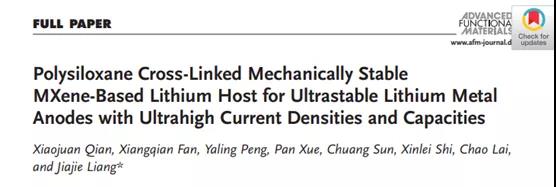

In order to meet the requirements of practical energy storage applications, it is necessary to develop secondary batteries with high energy/power density and long charge and discharge life. Although lithium (Li) ion batteries have been commercialized in 1991, the energy density of graphite anode lithium ion batteries is close to its theoretical limit of 372 mAh g−1, which cannot meet the high energy requirements of emerging applications.

Recently, the research group of Professor Jiajie Liang of Nankai University published a research paper titled Polysiloxane Cross-Linked Mechanically Stable MXene-Based Lithium Host for Ultrastable Lithium Metal Anodes with Ultrahigh Current Densities and Capacities in the internationally renowned academic journal Advanced Functional Materials.

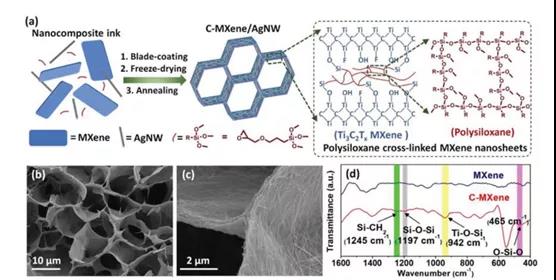
Figure 1.a) C-MXene/AgNW stent synthesis principle diagram b) C-MXene/AgNW skeleton cross-sectional diagram c) C-MXene/AgNW skeleton enlarged diagram d) C-MXene/AgNW stent infrared spectrum.
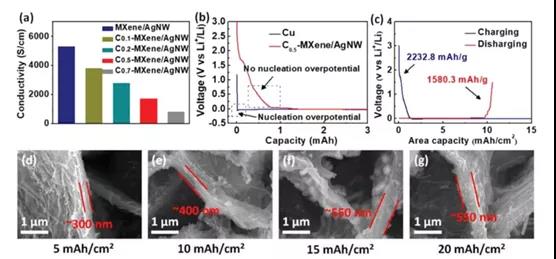
Figure 2. C-MXene/AgNW conductivity and lithium insertion characterization.
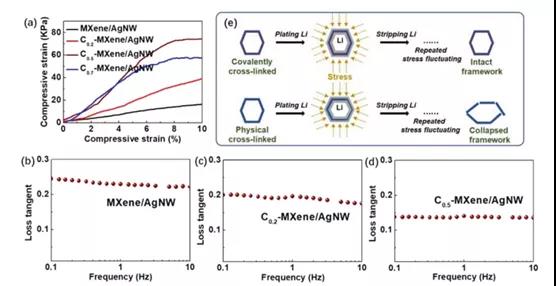
Figure 3. Mechanical properties of C-MXene/AgNW framework.
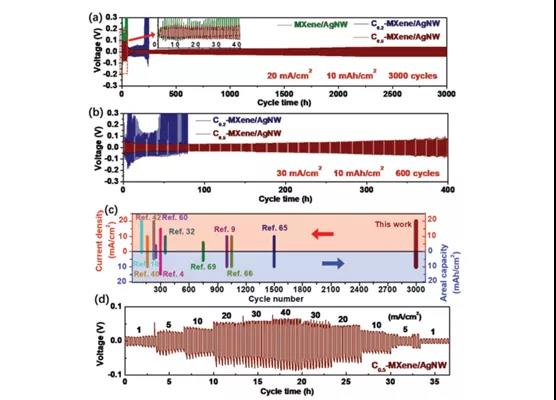
Figure 4. Cyclic performance of C-MXene/AgNW framework.
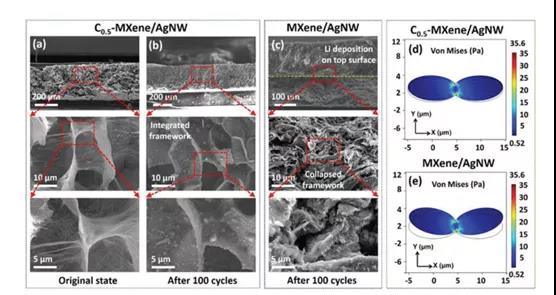
Figure 5. C-MXene/AgNW changes before and after the cycle and simulation.
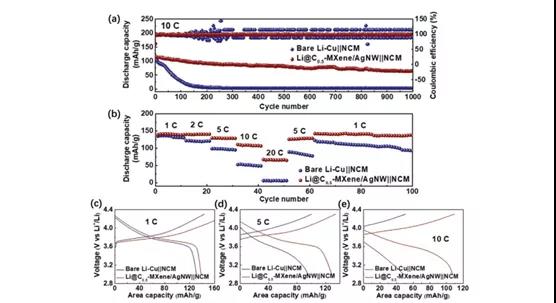
Figure 6. Li metal full battery test based on C-MXene/AgNW.

The strategy of this study focuses on optimizing the mechanical stability of the lithium metal body, an important but widely overlooked characteristic, to significantly improve the cycle life of the lithium metal anode. The conductive MXene/AgNW stent was prepared by the weak van der Waals force that caused the stent to collapse due to the large stress fluctuation during the peeling of the Li coating.
Literature link:
DOI: 10.1002/adfm.202008044
Information source: MXene Frontie
This information is from the Internet for academic exchanges. If there is any infringement, please contact us and delete it immediately

| Reminder: Beijing Beike New Material Technology Co., Ltd. supplies products only for scientific research, not for humans |
| All rights reserved © 2019 beijing beike new material Technology Co., Ltd 京ICP备16054715-2号 |